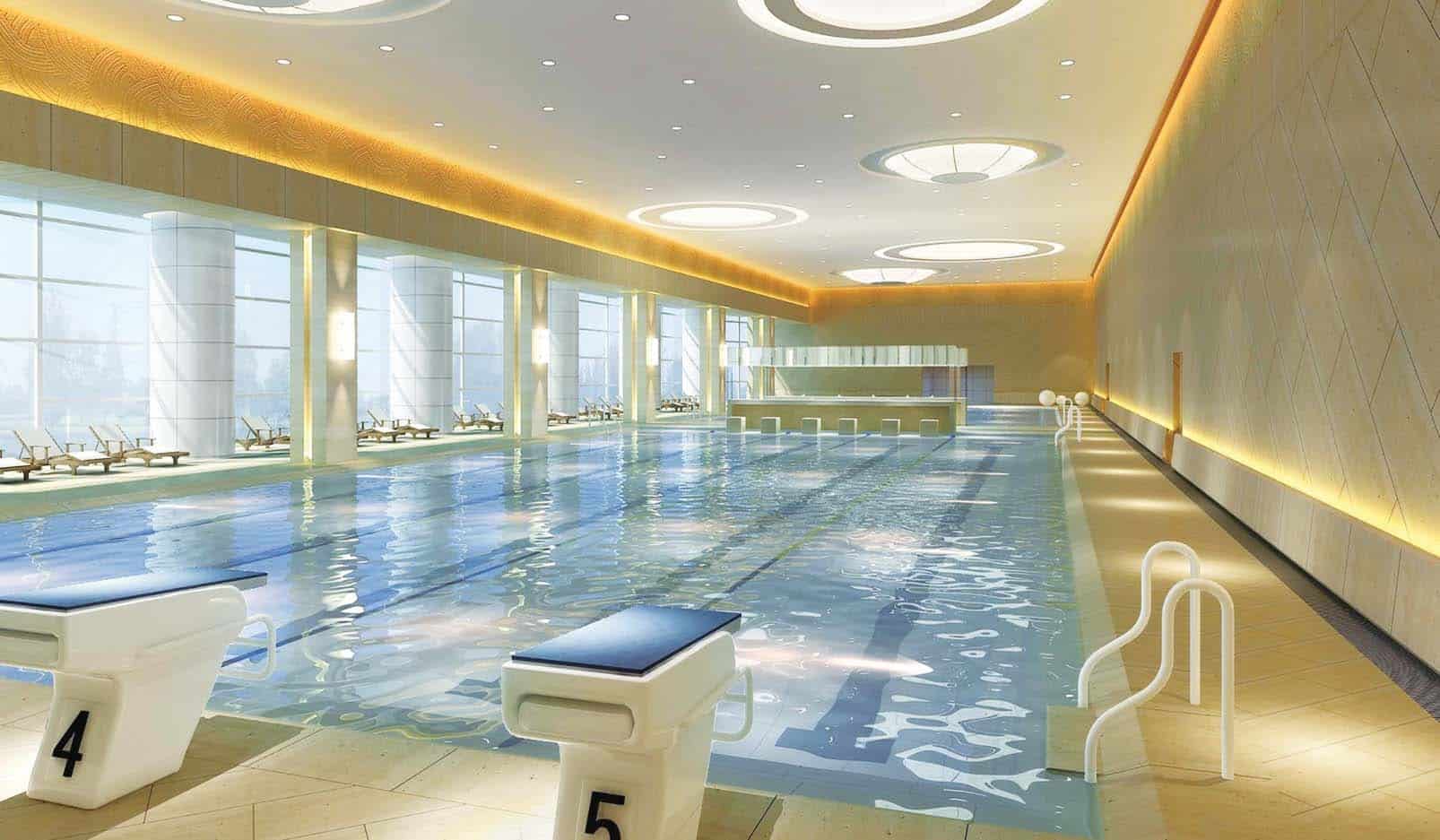In the realm of lighting, few advancements have had as profound an impact as LED lighting technology. Light Emitting Diodes (LEDs) have risen to prominence due to their extraordinary energy efficiency, extended lifespan, and remarkable versatility. From domestic environments to expansive industrial landscapes, LEDs have seamlessly integrated into an extensive array of applications, revolutionizing how we perceive and utilize light.
The Evolution of LED Lighting Technology
Before delving into the multifaceted applications of LED lighting technology, it’s crucial to comprehend the evolutionary trajectory that led to its widespread adoption. Originally developed for niche uses such as indicator lights, LEDs underwent rapid enhancements in semiconductor materials and manufacturing techniques, leading to heightened brightness, color diversity, and applicability across various lighting needs.
Applications in Residential Spaces
The home environment has witnessed a seismic shift in lighting preferences, with LED lighting at the forefront. The transition from conventional incandescent and fluorescent bulbs to LED equivalents has been primarily driven by their energy efficiency and protracted lifespan. LED bulbs and fixtures now adorn homes, catering to general illumination, task-specific lighting, and aesthetic embellishments. Their adaptability to varied color temperatures and adjustable brightness settings have made them pivotal in creating diverse atmospheres throughout residential spaces.
Commercial and Industrial Illumination
LED lighting’s impact extends robustly into commercial and industrial domains. Warehouses, factories, and office complexes have embraced LED high-bay lights and panels, elevating visibility and productivity. Through the integration of smart controls, businesses harness LEDs’ potential to optimize energy consumption, leading to substantial cost savings over time.
Outdoor and Architectural Applications
The reach of LED lighting technology transcends indoor confines, as it significantly influences outdoor and architectural lighting. Illuminating streets, highways, and public spaces with LED streetlights and landscape lighting fosters energy efficiency and enhanced visibility. Architectural marvels come alive with dynamic LED displays and accent lighting, adding an artistic dimension to urban landscapes.
Entertainment and Hospitality Sector
The entertainment and hospitality sectors have been revolutionized by the creative potential of LED lighting. Concerts, theatrical performances, and theme parks exploit LEDs’ dynamic capabilities to craft captivating visual spectacles. The granularity of control afforded by individually addressable LEDs in matrices facilitates breathtaking light shows, creating immersive experiences. Hotels and restaurants embrace LED lighting to curate ambiance, enhancing guest encounters through innovative designs and personalized settings.
Healthcare and Wellbeing
LED lighting’s influence extends into healthcare, where its thoughtful deployment enhances both clinical procedures and patient comfort. Hospitals and healthcare facilities rely on LED lighting for accurate illumination during medical interventions and in patient rooms. Notably, well-designed LED lighting aligns with circadian rhythms, potentially improving sleep patterns and overall well being.
Automotive Lighting
The automotive sector has witnessed a notable shift toward LED lighting for both aesthetics and functionality. LEDs are increasingly used in headlights and taillights due to their compact size, energy efficiency, and ability to produce bright and focused light. LED lighting not only enhances vehicle visibility but also contributes to distinctive automotive design.
Agricultural and Horticultural Lighting
LED lighting has also found application in agriculture and horticulture. Indoor farming operations are utilizing LED grow lights to create controlled environments conducive to optimal plant growth. The spectral control of LEDs enables growers to tailor lighting conditions, promoting healthy development and efficient cultivation.
Artificial Intelligence and Smart Lighting
The synergy between LED lighting and artificial intelligence has paved the way for smart lighting systems. These systems adapt to user preferences and environmental conditions, optimizing energy usage and creating customized lighting experiences. Motion sensors, light sensors, and AI algorithms collaborate to craft dynamic lighting environments that respond to real-time inputs.
Conclusion
In conclusion, the radiant rise of LED lighting technology has set a new paradigm for illumination across an extensive spectrum of applications. From the intimate comfort of our homes to the awe-inspiring grandeur of architectural marvels, LEDs have seamlessly woven their brilliance into our lives. Their remarkable energy efficiency, prolonged lifespan, and adaptability have birthed a new era of lighting possibilities.
As we stand on the threshold of ongoing technological advancement, the future of LED lighting remains dazzlingly promising. The canvas of applications continues to expand, driven by relentless innovation and a commitment to sustainable illumination. Amid this luminous landscape, it’s worth noting that LED Lighting Montreal Canada, stands as a shining example of exceptional service. Their dedication to providing outstanding LED lighting solutions underscores the transformative potential of this technology in real-world scenarios.
So, whether it’s the cozy warmth of your living room, the vibrant energy of a commercial space, or the captivating allure of architectural aesthetics, LED lighting stands ready to illuminate our journey, guiding us towards a future that is both brilliantly illuminated and profoundly sustainable.







